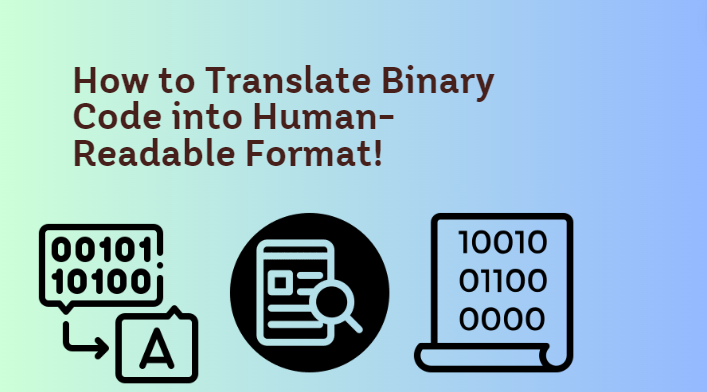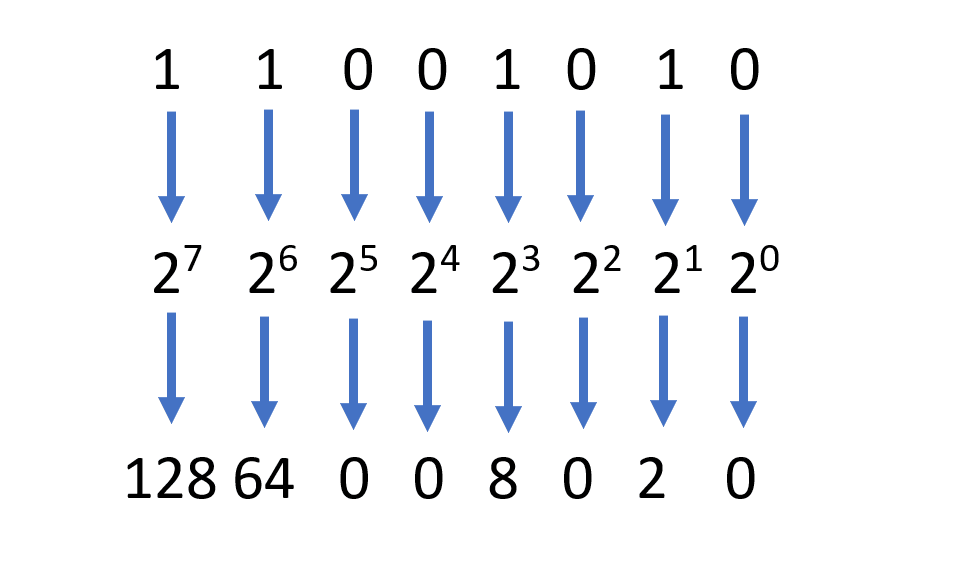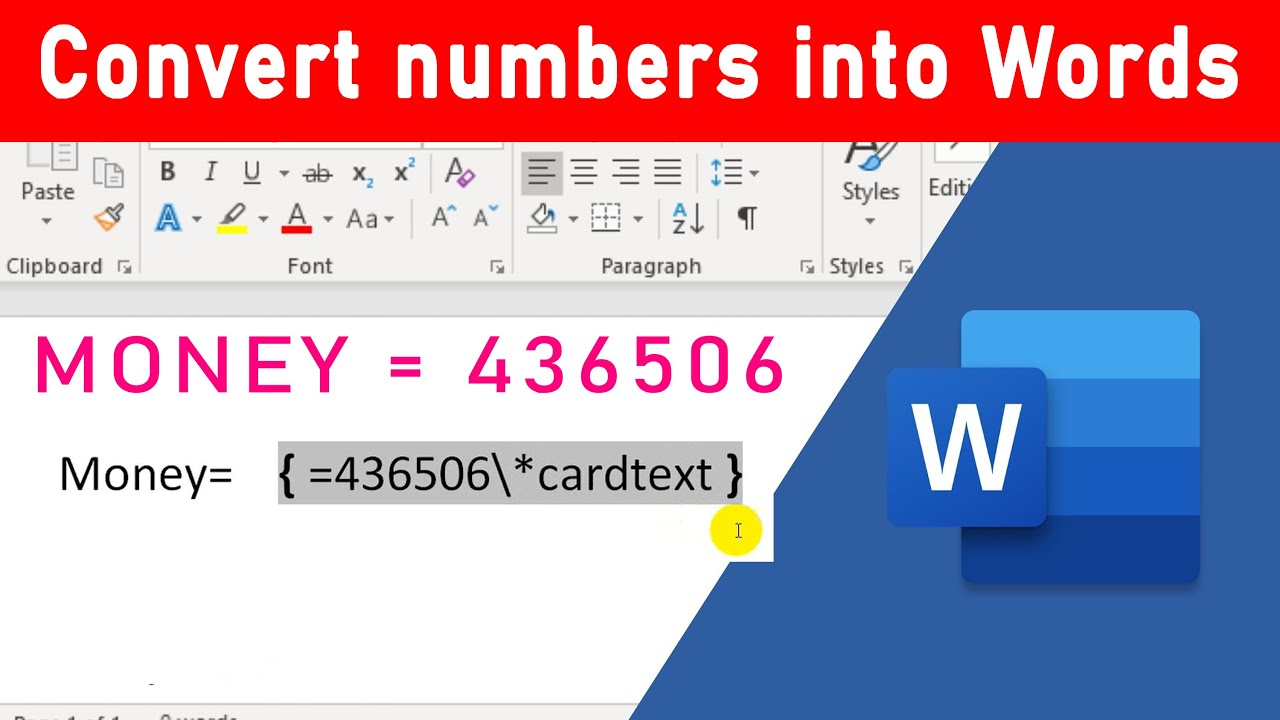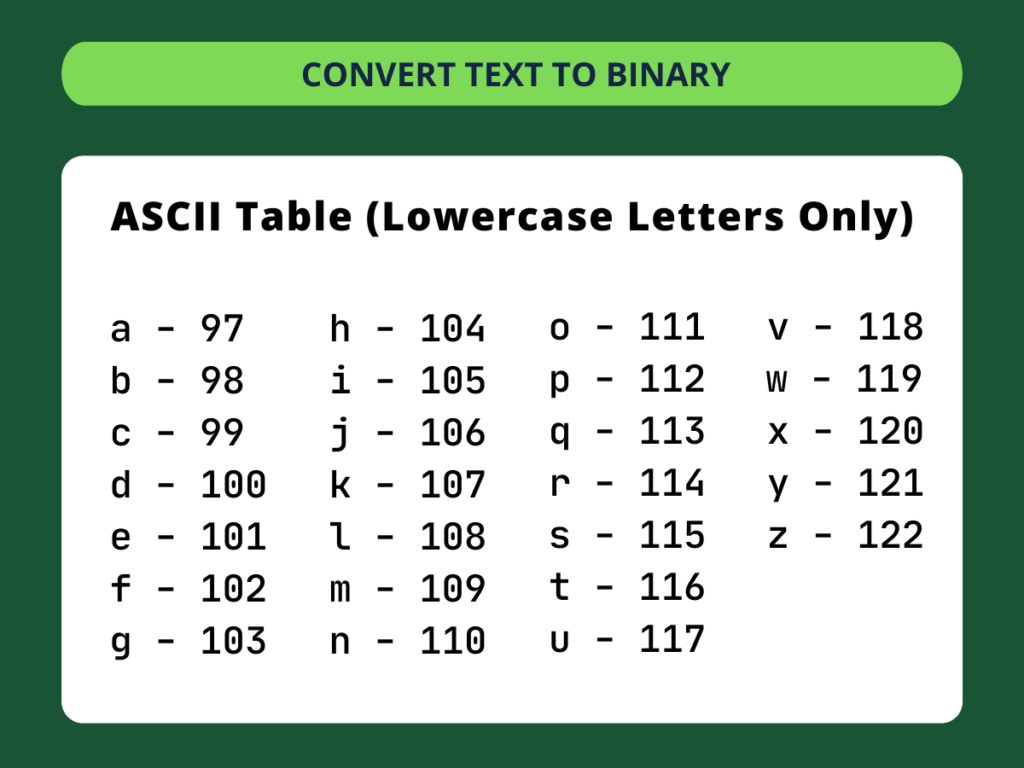
Most binary encodings are not particularly difficult to decode, but few are as simple to understand as a simple English translation. This binary to English decoding guide gives an easy method for translating from all the most commonly used binary formats into easily readable human text.
Binary to English translation is a difficult task. Many words look the same in both languages, and it's challenging to find which word is the right one. However, with this guide, you will learn how it's done and be better at decoding binary numbers faster than ever before!
The Basics of Binary System

The binary system is a way of writing numbers in which every number can be expressed as a sum of powers of two. The powers are called "bits," and the number they sum to is called a "bitstring." In binary notation, you can write an 8-bit integer as two 4-bit integers multiplied together:
For example, you can write the number 5 in base two as 11110001. The first-bit position has the value 1, so this is equivalent to saying
1 * 0 * 1 * 0 * 0 * 1 = 5
This is called the "base" of the binary system. To read an 8-bit integer in binary, you need to know only two things: how many bits there are and whether they're even or odd. A typical computer contains millions of such bits arranged in groups of eight, known as words or octets called a byte because 8 bits are too long.
To read an 8-bit byte from memory, you need only increment the address pointer by eight when reading from memory and add it back when writing back out again.
Converting small numbers to words

A binary digit is the smallest element of a number system. It can be either 1 or 0 and is usually represented by a "0" or "1" in most programming languages. Most computers use base 2, as do most electronics, though some use base 10 (0-9).
In computer systems, binary numbers represent a series of ones and zeros. The basic unit of such a number system is called a bit. For example, we might have a number like 10001011. A bit would be represented by two bits: 0100 and 1011.
In this example, we'd say that the first bit represents a zero (0000) and the second represents one (0100). This is called the "ones complement" representation for our binary number.
Converting small numbers to text
If you want to convert a binary number into text or as an English word instead of binary digits, we can use the following formula:
text = (number / 10) * 16 + (number % 10) * 8 + 0;
In this formula, the number is the binary equivalent of the text. For example, if the number is 11111111, then the text is "11100000". The first part of the formula converts our number into a decimal value. The second part converts that decimal value into a hexadecimal string.
The final part of the formula takes that string and converts it back into a decimal value.
A brief aside into integers and binary
An integer is a number that can be written as a whole number. All the numbers from 0 to 9999 are integers. The integer type in C# is called unit, a signed 32-bit integer.
Binary is nothing but a sequence of 1's and 0's. The bits in binary are ordered from the lowest to the highest value. So, for example, in binary 111011101, the value of the first bit is 1 and the second bit is 0, the third bit is 0, the fourth bit is 1, and so on.
Using the ASCII table to convert letters into binary numbers

The ASCII table is a simple way to convert a text string into a binary number. The table shows how each letter from A to Z represents a number from 0-127.
The table looks like this:
ASCII Table
As you can see, each letter has an associated value that can be used to represent it in binary form. For example, the letter "A" has an ASCII code of 65 which converts into 11111111 in binary form (11111111 = 65). The same thing goes for all letters in the ASCII code range.
Using this table, we can easily write programs that convert text into binary numbers using only one system call and some simple math like addition and subtraction.
Conclusion
Binary code is a lot more than just ones and zeros. It's a fascinating way to write out information in exponential levels of data. It can sometimes be frustrating to translate binary into another language, but typically it's not that hard to do. When you have the necessary tools and information, it becomes easy to translate binary to English.



